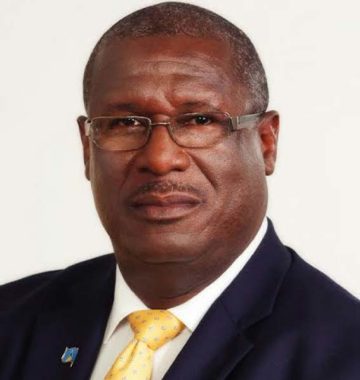Capital: Castries
Official Language: English
Status: Independent 22 February 1979
Area: 616 sq Km, 238 sq Mi
Population: 163,229 (2010)
Currency: East Caribbean dollar
Motto: The Land, The People, The Light
Helen of the West
Saint Lucia is a sovereign island country in the eastern Caribbean Sea on the boundary with the Atlantic Ocean. Part of the Lesser Antilles, it is located north/northeast of the island of Saint Vincent, northwest of Barbados and south of Martinique. Because it switched so often between British and French control, Saint Lucia was also known as the “Helen of the West Indies”.

Minister of Infrastructure, Ports, Transport, Physical Development and Urban Renewal
Union Office Complex, Union, Castries
Tel: 758 468-6361 / 758 468 4301
Email: ps.infrastructure@govt.lc / stephensonking970@gmail.com
Ministry of Infrastructure, Ports, Transport, Physical Development and Urban Renewal
psec_mincom@gosl.gov.lc
Saint Lucia is located in the eastern Caribbean Sea on the boundary with the Atlantic Ocean. Part of the Lesser Antilles, it is located north of the islands of St. Vincent and the Grenadines and south of Martinique.
Amerindians were the first settlers. French colonization began in 1650 and the struggle for possession between the French and English ended in 1815 with the island becoming an English colony. It gained independence in 1979.
Generally, the economy is diversified, with tourism being the main source of foreign exchange. Pleasant climate and sandy beaches are among the natural features supporting the development of this sector.
The manufacturing sector spans a range of activities. These include paper products, food processing, beverage production, clothing and assembly of electronic components. Agriculture is also a key sector with bananas, cocoa, coconuts, citrus fruits and livestock being of economic importance.
There is also a small offshore financial sector with much potential to attract good-quality business. Initiatives are also being directed at developments in informatics.
Economic activities are supported by strategic infrastructure such as ports in Castries and Vieux Fort, which have container transshipment terminal facilities. At Cul de Sac, south of Castries, there is an oil transshipment terminal.
Hewanorra (Vieux Fort) and George F. Charles International (Vigie)
Commercial: 8:00 a.m. to 4:00 p.m. Monday to Friday.
Government: 8:30 a.m. to 12:30 noon, 1:30 p.m. to 4:30 p.m. Monday to Friday
New Year’s Day, January 1; New Year’s Holiday, January 2; Independence Day February 22; Good Friday; Easter Monday; Labour Day, May 1; Whit Monday; Corpus Christi (sometime in June) Carnival Monday (third Monday in July) Emancipation Day, August 1; Thanksgiving Day, first Monday in October; National Day, December 13; Christmas Day December 25; Boxing Day December 26. Holidays that fall on a Sunday are observed the following Monday.
1 May, 1974
Cerulean Blue – Ocean
Yellow – Golden sands and sunshine
Black and White – Racial Harmony among all communities
Centre – Twin conical pitons, famous national landmark, symbolizing the aspirations of the people